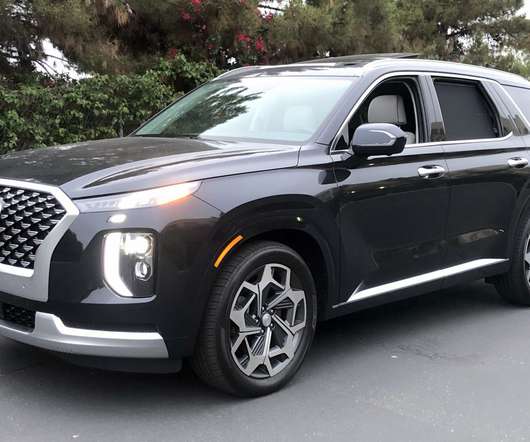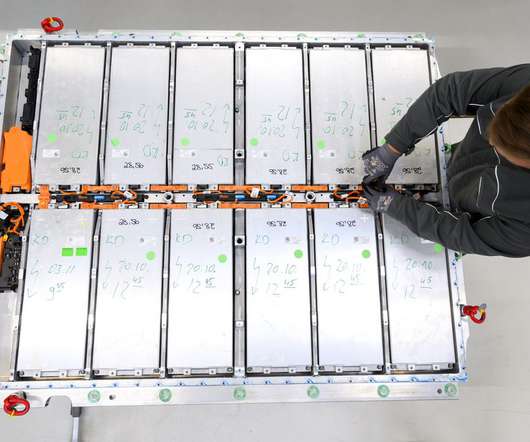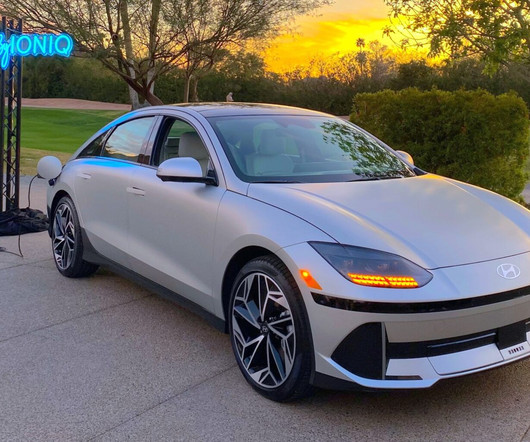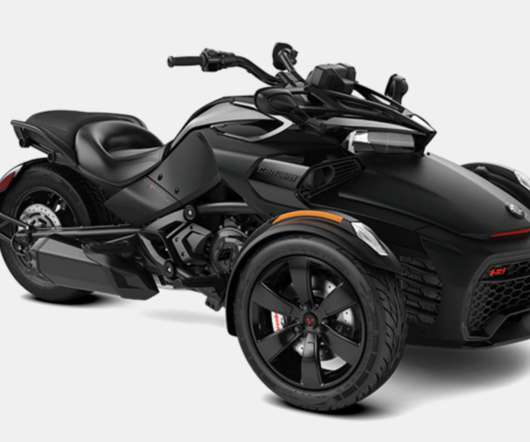CMU analysis finds BEVs powered with natural gas-based electricity have about 40% of the lifecycle GHGs of a conventional gasoline vehicle
Green Car Congress
AUGUST 21, 2015
According to a new lifecycle analysis by a team at Carnegie Mellon University, a battery electric vehicle (BEV) powered with natural gas-based electricity achieves around an average 40% lifecycle greenhouse gas (GHG) emissions reduction when compared to a conventional gasoline vehicle. Earlier post.).

































Let's personalize your content